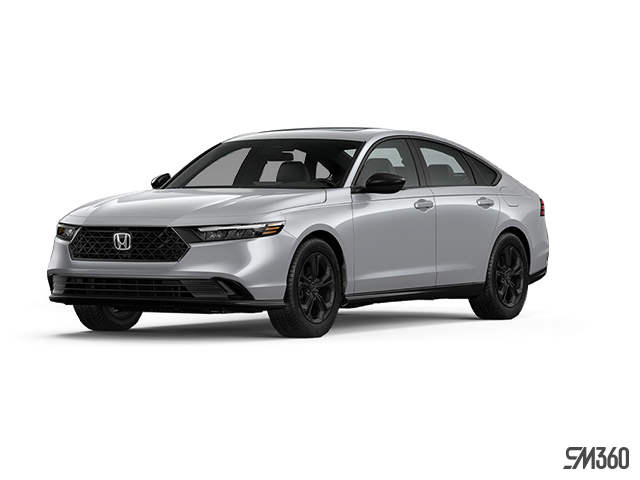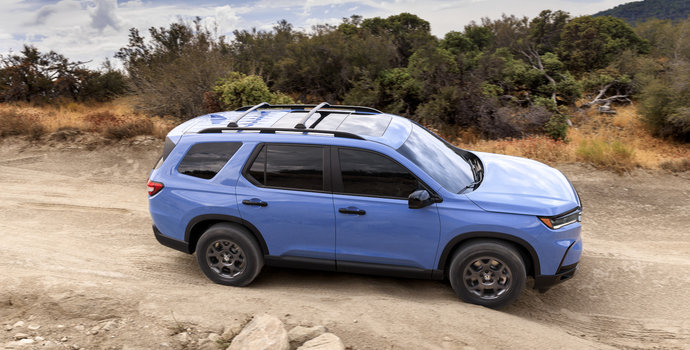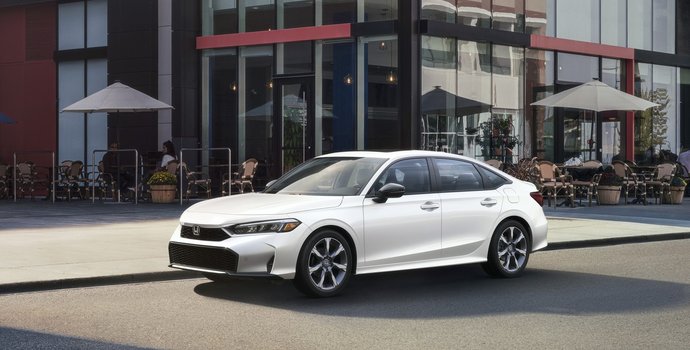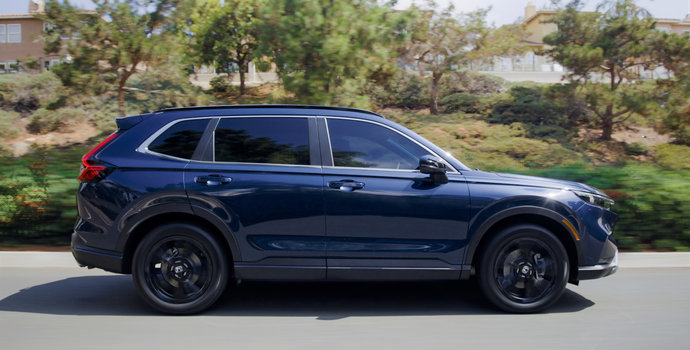Drive systems have truly evolved over the years, transferring power to various wheels in your vehicle.
Often, all-wheel drive (AWD), front-wheel drive (FWD), rear-wheel drive (RWD) and four-wheel drive (4WD) have distinct functions. To better understand how your Honda is powered, here’s a look at how each of these drive systems works.
What is AWD, and How Does It Work?
On-demand AWD is a more recent innovation that is considered user-friendly, varying the amount of power sent to each wheel, whether mechanically or electronically.
AWD is associated with vehicle types such as sedans, crossovers (like the Honda CR-V), wagons, and larger SUVs. It is automated continuously and active, meaning it needs no activation nor input from the driver to work.
What is 4WD?
4WD is made for vehicles that need extra traction. It is built to handle the trickiest off-road conditions.
With 4WD, power is sent to all wheels equally without controlling the division of power delivery between the wheels or axles. Power flows from the engine and through the transmission before going into a device known as a transfer case. That power is then divided between the front and rear axles.
Such an even power split is ideal for low-traction scenarios. Plus, 4WD can sometimes be turned off. So, you can improve fuel economy while armed with proven, rugged technology.

How Are AWD and 4WD Different?
Often confused with each other, AWD is considered more advanced than 4WD thanks to its technology.
Computers are involved in most AWD systems, with sensors on each wheel monitoring traction, wheel speed, and other data points constantly. It also boasts an engine control unit, analyzing traction conditions, and deciding which wheels receive power. AWD is a popular feature for Canada's harsh winters due to its more variable distribution of traction
What is FWD?
In this type of drive system, the engine drives the front wheels only. It’s less complex, and it’s cheaper to make than other drivetrain systems. Plus, FWD systems are fuel efficient due to their compact drivetrain. The more compact the drivetrain is, the better the fuel economy. The vehicle is lighter, and there are no energy losses from delivering power between the front and rear wheels.
While not as dynamic as all-wheel drive, front-wheel drive cars are designed with practicality in mind, also focusing on efficiency.
What is Rear-Wheel Drive?
With rear-wheel-drive vehicles, the power transfers to the rear end when you push the accelerator pedal. As a result, the front wheels direct the car, eliminating torque steer and giving you maximum acceleration on dry surfaces. That is great news for summer road trips.
It is considered cheaper than all the other drivetrains, which is a bargain for people who want a powerful vehicle and a good deal. Sports cars are renowned for having this type of drive system. However, if you’re driving RWD vehicles during winter, you’ll need to take great care. They’re not the most reliable on the slippery roads.
How Do RWD and FWD Differ?
RWD offers better initial acceleration than FWD because weight is transferred to the car’s rear upon acceleration where it matters most. It also permits expert drivers to use multiple techniques to slide the rear end around corners, a skill most useful in racing, not everyday driving. It's even more beneficial for two-wheel drive trucks because of how light the backs of such trucks are, improving off-road traction.
FWD reduces weight and improves fuel economy compared to RWD systems. It also boosts traction because the weight of the engine and transmission are directly over the driven wheels. However, the weight isn’t as balanced as an RWD vehicle.
The best drive system for you depends on what you want to get out of your car and your driving habits. Visit Goderich Honda today, and we can show you your options!








